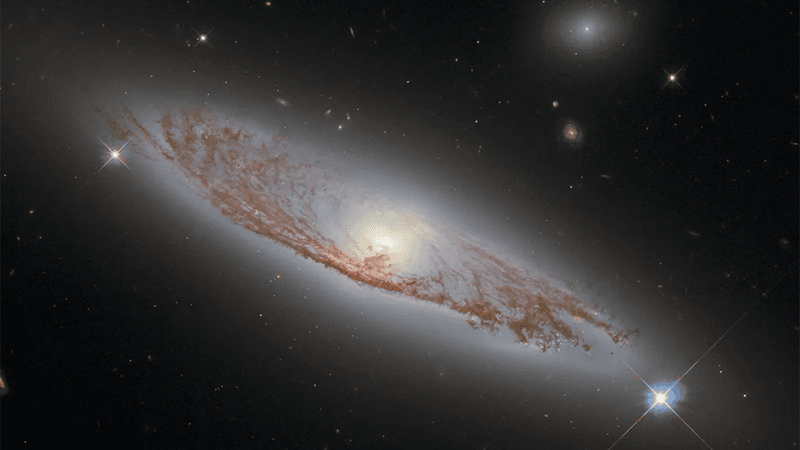Astronomers have found an Earth-size planet orbiting a white dwarf, suggesting that maybe the fate of our world is not to be destroyed by the Sun in about 5 billion years. This system is located 4,000 light-years away from us and it is truly a preview of one of the possible futures of Earth.
The Sun is an average yellow star. It is not too massive to go supernova, but it will run out of hydrogen to fuse at its core in the future. When that happens, the Sun will collapse on itself (but just a little bit), increasing the temperature at its core so that it can fuse helium. The higher temperature will cause another change, the Sun will swell up into a red giant.
It is estimated that the expanding Sun will grow large, easily swallowing the orbit of Mercury and Venus, reaching all the way to the orbit of our planet. But it is possible that Earth might survive. As the Sun expands, its mass becomes more spread out, changing the Solar System's dynamics. Earth could migrate outwards on a much larger orbit.
“We do not currently have a consensus whether Earth could avoid being engulfed by the red giant sun in 6 billion years,” lead author Dr Keming Zhang, from the University of California San Diego, said in a statement. “In any case, planet Earth will only be habitable for around another billion years, at which point Earth’s oceans would be vaporized by runaway greenhouse effect – long before the risk of getting swallowed by the red giant.”
The new system has a white dwarf about half the mass of the Sun orbited by an Earth-sized planet at about twice the distance between Earth and the Sun, and then a world 17 times the mass of Jupiter, possibly a brown dwarf. Not an exact replica of our Solar System but it's a place to get insights.
“Whether life can survive on Earth through that (red giant) period is unknown. But certainly, the most important thing is that Earth isn’t swallowed by the Sun when it becomes a red giant,” added Jessica Lu, associate professor and chair of astronomy at UC Berkeley. “This system that Keming’s found is an example of a planet – probably an Earth-like planet originally on a similar orbit to Earth – that survived its host star’s red giant phase.”
The discovery was only possible thanks to a phenomenon called microlensing. Basically, this system is in front of a distant star located 25,000 light-years away in the center of the Milky Way. The gravity of the system magnified the light of the star by 1,000 times, and researchers were able to reconstruct the properties of the system. What they couldn’t see was the star in the system and so they realized that it must be a white dwarf.
“Our conclusions are based on ruling out the alternative scenarios, since a normal star would have been easily seen,” Zhang said. “Because the lens is both dark and low mass, we concluded that it can only be a white dwarf.”
“This is a case of where seeing nothing is actually more interesting than seeing something,” said Lu, who looks for microlensing events caused by free-floating stellar-mass black holes in the Milky Way.
A paper describing the results is published in the journal Nature Astronomy.




![An artist’s concept looks down into the core of the galaxy M87, which is just left of centre and appears as a large blue dot. A bright blue-white, narrow and linear jet of plasma transects the illustration from centre left to upper right. It begins at the source of the jet, the galaxy’s black hole, which is surrounded by a blue spiral of material. At lower right is a red giant star that is far from the black hole and close to the viewer. A bridge of glowing gas links the star to a smaller white dwarf star companion immediately to its left. Engorged with infalling hydrogen from the red giant star, the smaller star exploded in a blue-white flash, which looks like numerous diffraction spikes emitted in all directions. Thousands of stars are in the background.]](jpg/jet-m.jpg)
